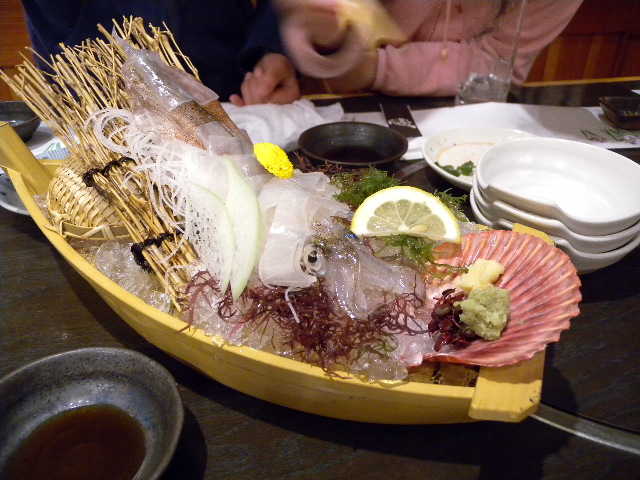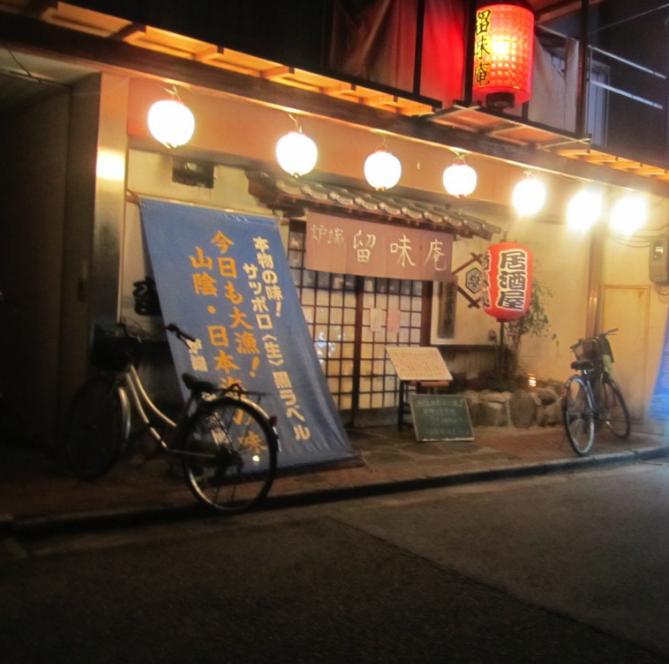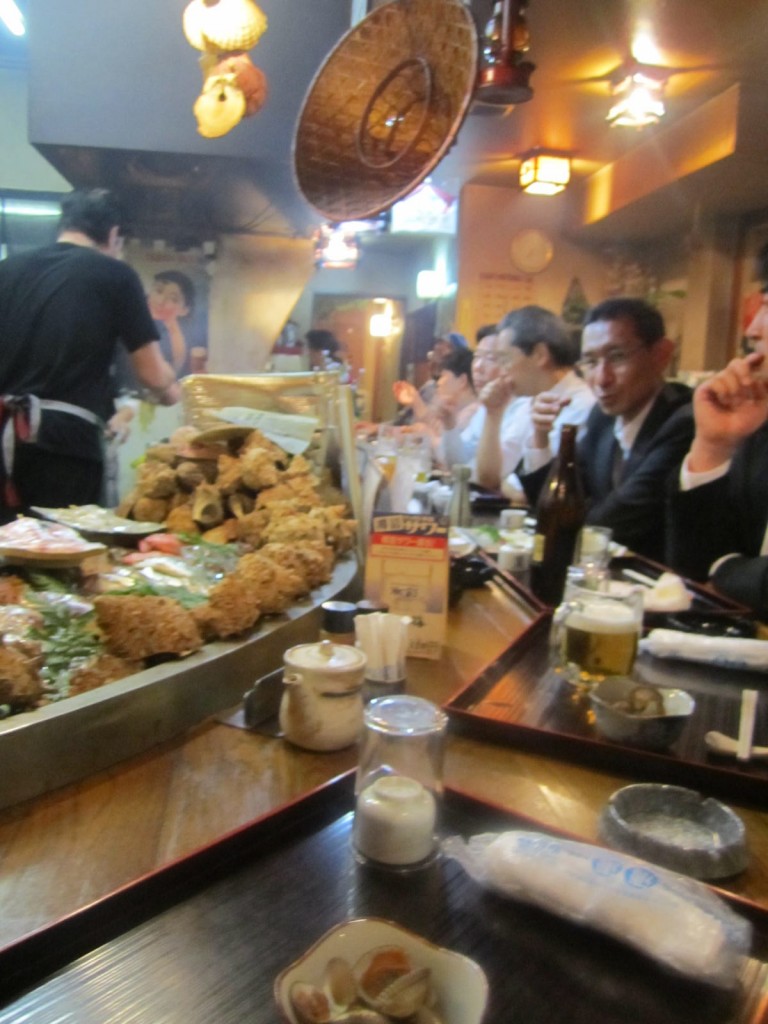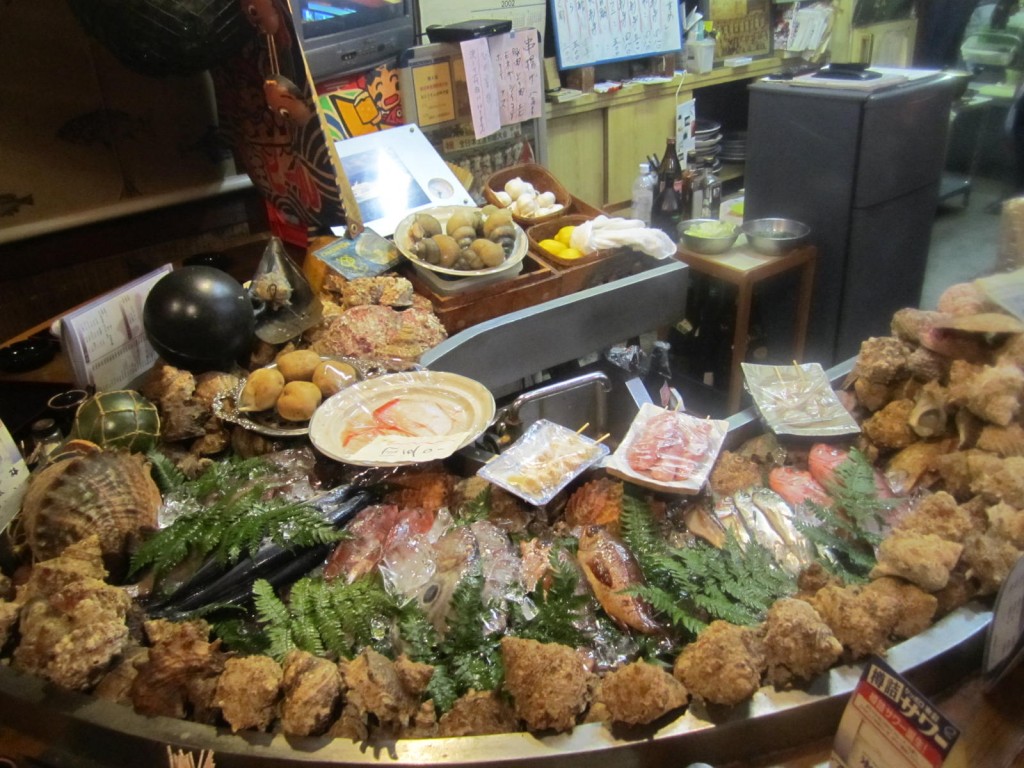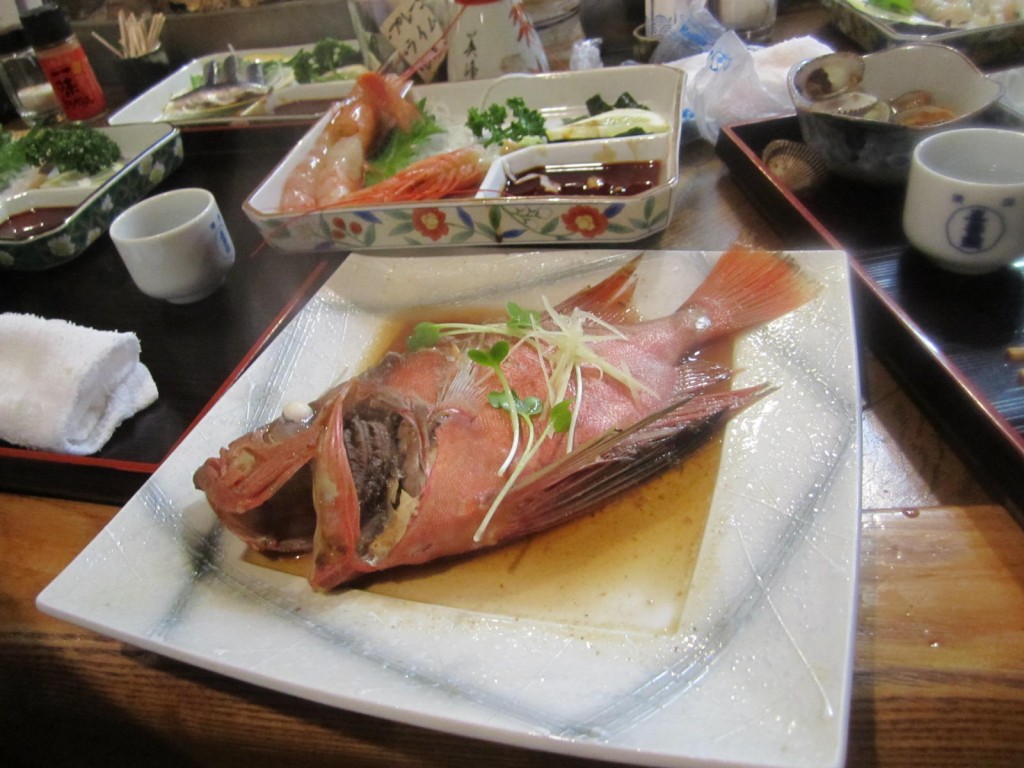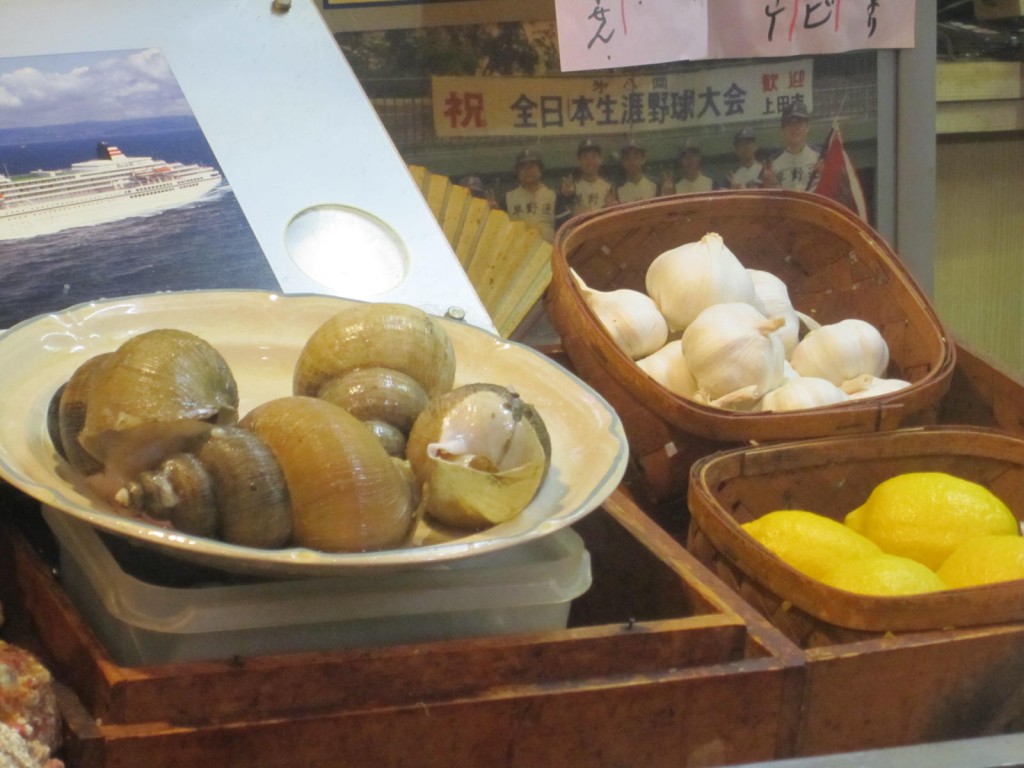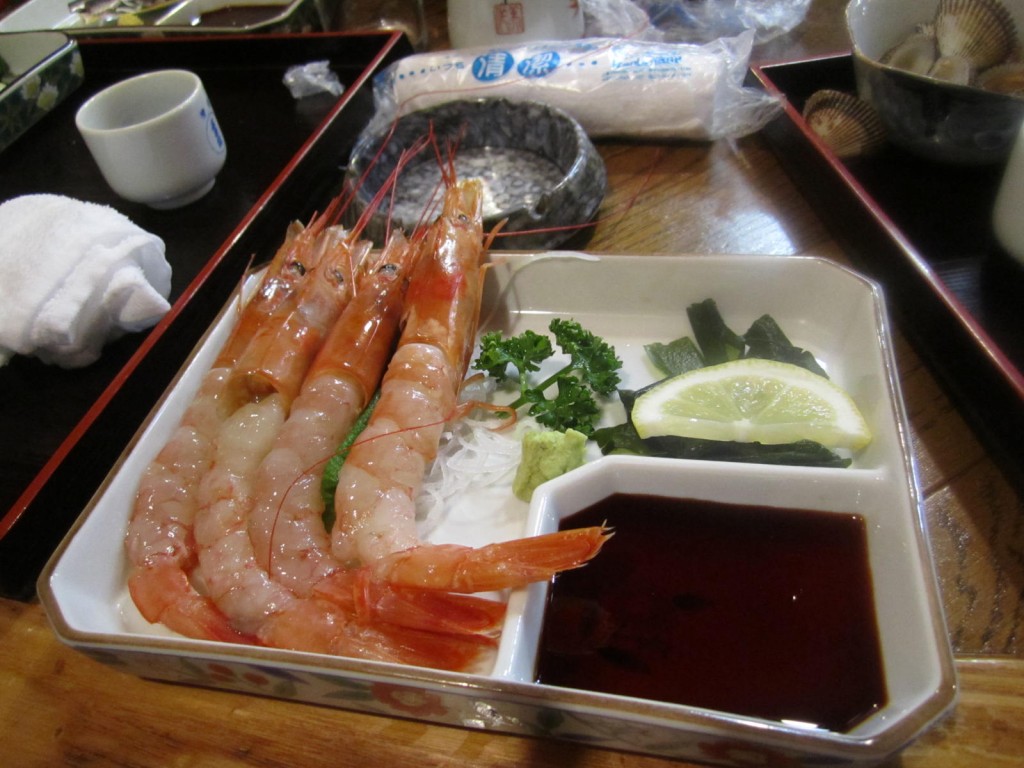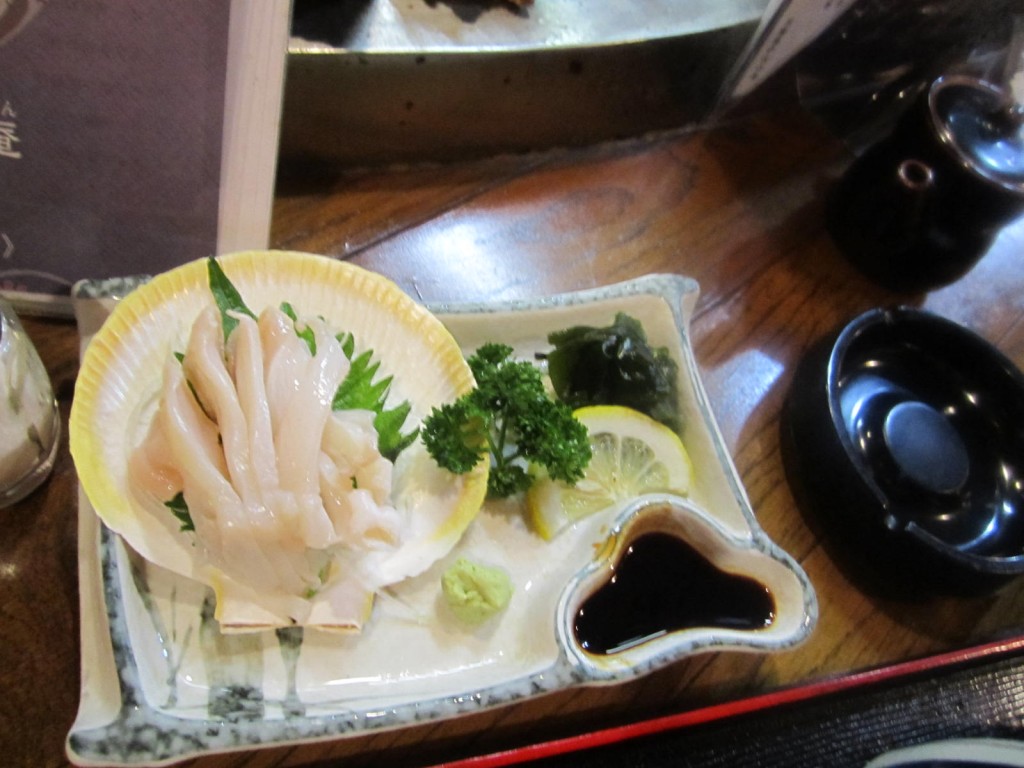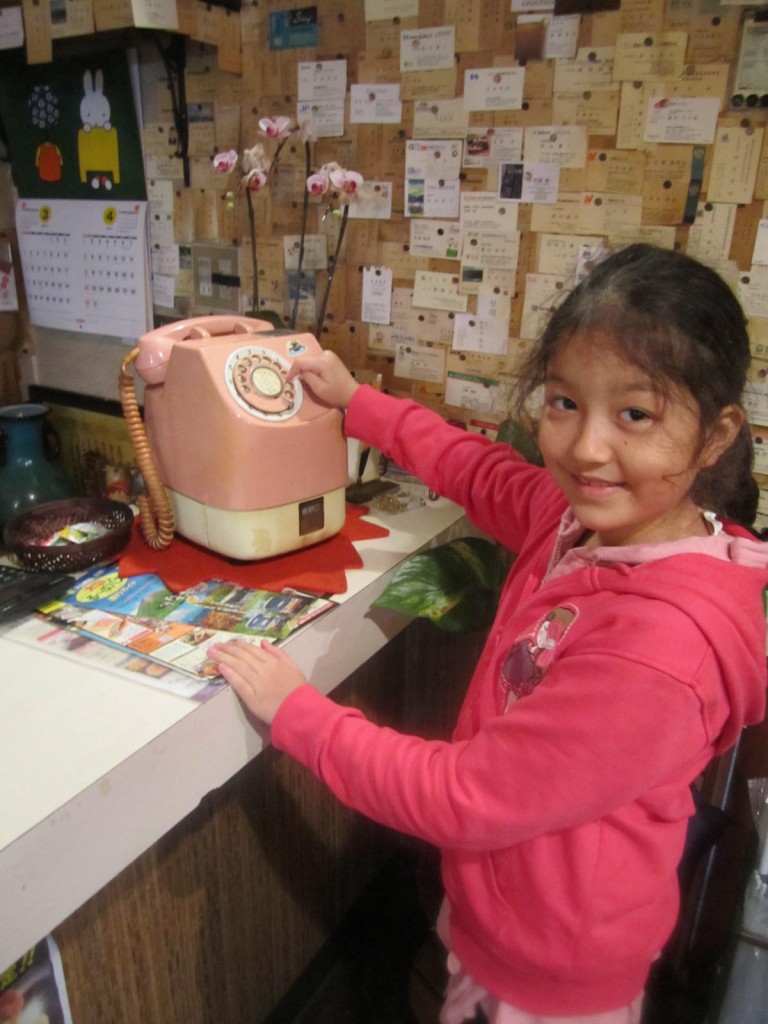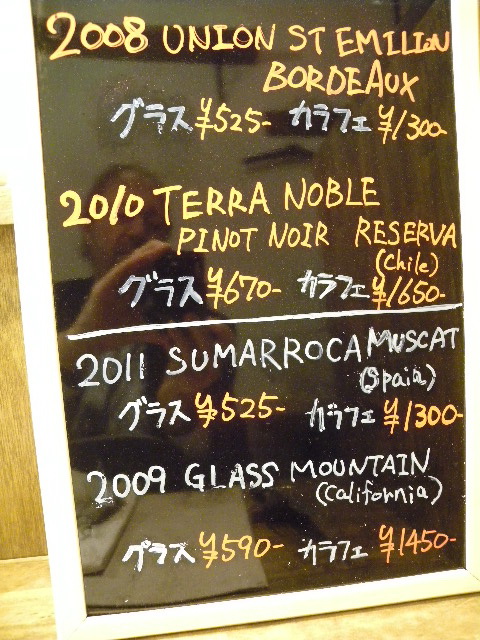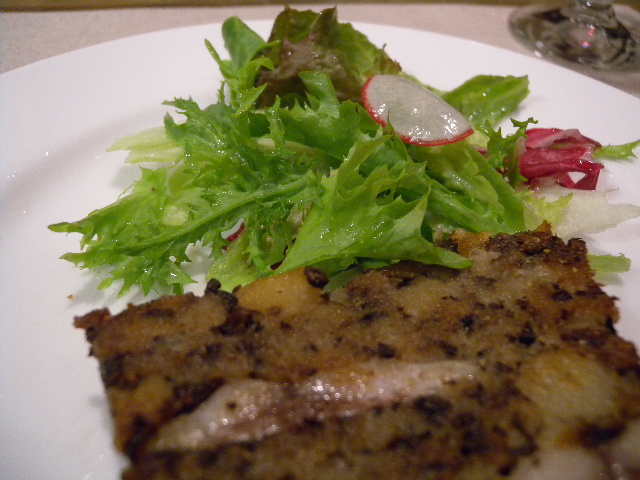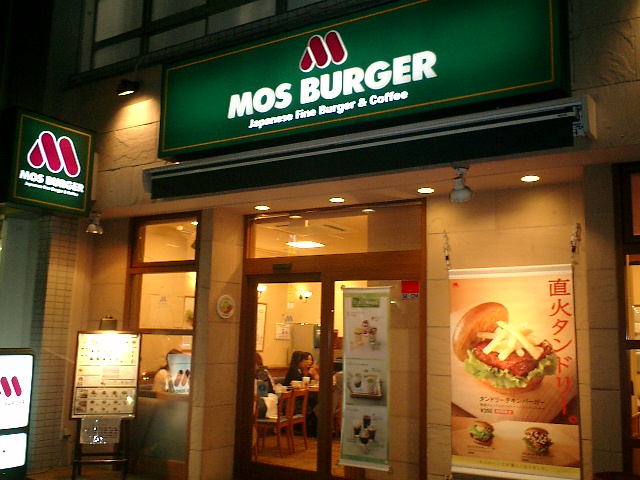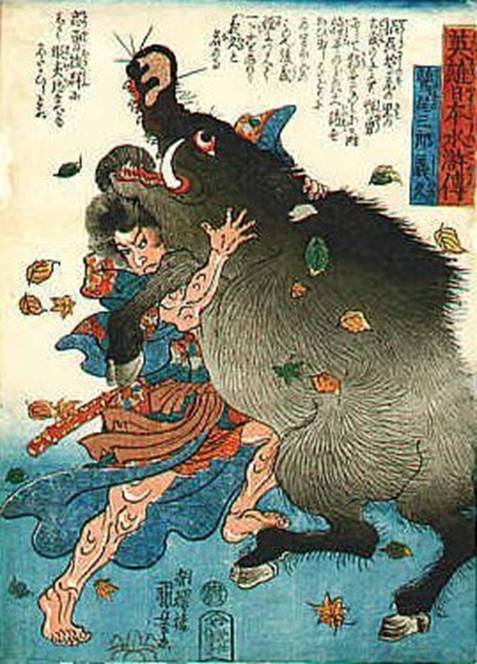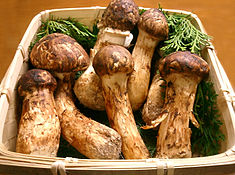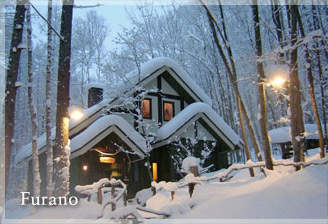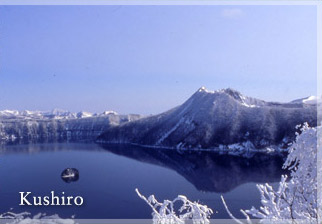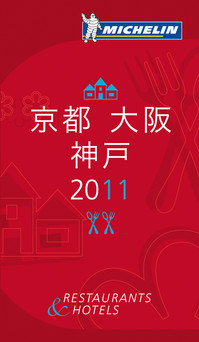
Two important announcements have been made recently from the Michelin Guide:
(1) Jean-Luc Naret will step down from his official post as director of Michelin Guides at the end of the year, he will remain as a consultant for some time afterward.
(2) Five more restaurants have been added to the Japan Michelin 3-star roster recently as the French guide gives top billing to two establishments in Kobe, one in Kyoto and two in Osaka.
The winners are Ca Sento and Komago in Kobe, Nakamura in Kyoto, and Kashiwaya and Taian in Osaka. That brings the total for the cities to 12. Another 44 restaurants and two ryokans (or Japanese-style inns) win two stars as Michelin adds Kobe to the guide for the first time.
Japan is challenging France in terms of three-star restaurants. Factor in the 11 such awards in Tokyo last year and the current total for Japan is 23, compared with 26 in France. The next Tokyo guide is scheduled for Nov. 24, and the addition of the cities of Yokohama and Kamakura suggests further gains.
“It’s always difficult to compare countries in terms of gastronomy and I’m not even going to go there,” Jean-Luc Naret, director of the Michelin guides, said last night, “But in Japan, the quality and consistency of the produce is absolutely incredible. And the chefs transmit their skills from one generation to the next.
“Some of the restaurants are centuries old and in others there are younger chefs who are using the skills they have inherited to try something new,” he said. “To anyone who questioned that Japan could be that good, I’d say just take a plane and come experience these restaurants. They deserve to be recognized.”
The usual Michelin criteria is used for awarding stars no matter what country or city: product quality, preparation and flavors, the chef’s personality as revealed through his cuisine, value for money and consistency over time and across the entire menu, Michelin said. The criteria are adapted to each type of cuisine, notably Japanese cooking styles.

